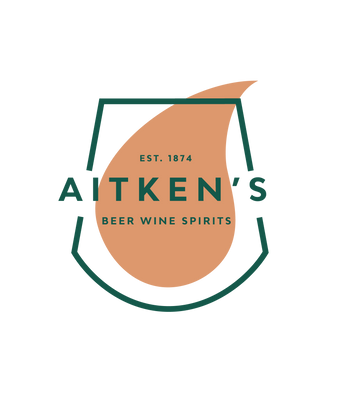| Grape | Merlot |
| Style | Dry, Red, Medium Bodied, Black Fruit, Spice, Oak Aging |
| Country | South Africa |
| Region | Stellenbosch |
| Volume | 75cl |
| ABV | 14% |
| Dietary | Vegetarian, Vegan, Sustainable, Organic |
Experience the elegance of Stellenbosch in this Circumstance Merlot! Robust yet balanced, its dark fruit and creamy oak flavours create a symphony of complexity and persistence to delight your senses. Perfect for any occasion, try it with herb-crusted lamb. Whether you're having a classy Sunday Lunch or a nice easy evening with a spicy pizza this stylish red will help create an unforgettable experience!
Critic Review
JancisRobinson.com: 17Pts (2016 vintage)
Drinking Window: 2020 - 2030
"Less overt definition than their Cabernet Franc – but perhaps that’s often the way with Merlot. Chewy texture, full body. Loads of concentration and excellent freshness from the crisp acid. Another Waterkloof wine that will improve with bottle age."
Richard Hemming MW
About the Producer
Waterkloof was founded back in 2004 and is a family-owned vineyard using sustainable Organic practices. The vineyards are perched high up on the windswept Schapenberg growing area, overlooking False Bay and the climate moderating Atlantic Ocean. Healthy soils, a naturally low yield and a long growing season help provide Cellarmaster Nadia Barnard with balanced grapes that offer a clear sense of place and terroir. In the winery they are transformed into wines with little intervention resulting in very fine, inimitable and eminently quaffable wines which are often best enjoyed with food.
Vineyard and Winery
Living soils and a natural approach to winemaking means that each of the single-varietal wines in the Circumstance range is truly defined by the circumstances influencing the chosen varietal and vineyard blocks, including soil, aspect, altitude and vintage. The Merlot is from two adjoining, windswept, south-facing (less sun exposure) blocks 240-260m above and a mere 2 miles from The Atlantic. These factors combine to produce low yields, balanced grapes and wines with a true sense of place. Production was a miserly 5 tons per hectare. Hand picked grapes were destemmed, hand sorted and placed into our open-top wooden fermenters via gravity. Natural fermentation started spontaneously by utilising the wild yeasts present on the fruit. Punch downs (twice a day) were used during fermentation to ensure a soft and slow, colour and tannin extraction. The wine spent 30 days on the skins to help integrate the tannins and stabilise the colour. The skins were separated from the juice through a gentle basket pressing. The wine went through malolactic fermentation in barrel and was then aged in new (15%), second and third fill French barrels for 18 months. The wine was aged for another year in wooden fermenters to ensure a wine with silky soft tannins. No fining and only sulphur added with no other additions.
Reviews
Net Orders Checkout
| Item | Price | Qty | Total | |
|---|---|---|---|---|
| Subtotal |
£0.00 |
|||
| Shipping | ||||
| Total | ||||


